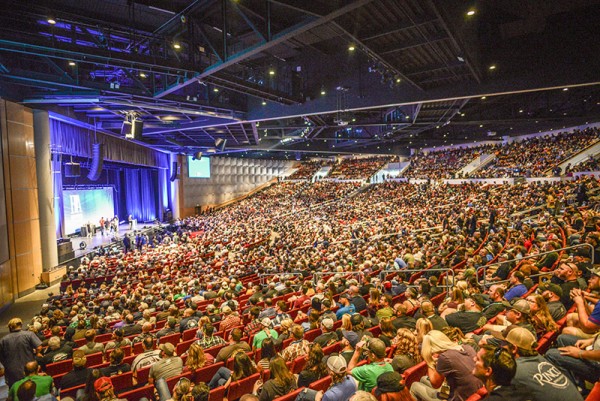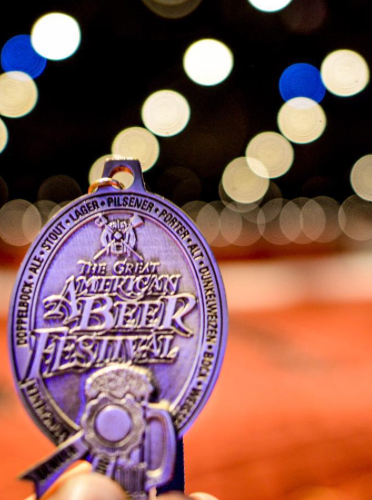If there is ever a sure thing at theGreat American Beer Festival(GABF) competition it’s that medals in theAmerican Lagercategory will most likely belong to the global breweries. So it came as a surprise to me at last week’s GABF awards ceremony that the first two breweries named as silver and bronze winners in category 37 did not start with the letters B, M, C or P.
In fact, one would have to go back to 1993 and 1998 to find years when one of three medals were given to a brewing company that was not owned by the “Big Three” or Pabst. To add to this feat, this is the first time that small and independent craft brewers earned the majority of medals in this category.

“Now hold on, Andy,” you are probably thinking, “Why is this significant? As craft beer fans, we’ve rejected all things ‘light’ in favor of robust or imperial. How is this a ‘win’ for craft?”
As the global brewers feel the heat from small and independent craft brewers, they have adopted a “if you can’t beat them, buy them” strategy, picking off craft brewers who have decided to cash out on the craft trend. In doing so, the big brewers hope that they will have new access to the once impenetrable craft strongholds, further blurring the lines between them and true independent craft brewers.
It is this tactic, along with the fact that the vast majority of the world still is only accustomed to light lager, they hope to steal Austin Power’s mojo.
The detractors of craft beer stick to the claim that consistent light lager is extremely difficult to make—especially on a global scale—and it is. But, could these medals signal that American craft brewers have now mastered the one trade secret global brewers are desperately holding on to?

The Appeal of Light Lager
Having a beer that appeals universally offers newcomers an incentive to venture into their local tap room. A light lager allows brewers to introduce and educate first-time patrons with a beer that seems familiar to them. This potential glimpse into the world of American craft beer hopefully inspires them to sample other similar “fizzy, yellow beers” with pride as they support a locally-owned business and their community.
As pundits and Chicken Littles point to a rash of acquisitions as the endgame for craft beer, I see the purchases as opportunities for beer fans to recognize what’s truly great about craft-brewed beer by independent breweries.
On the other side, the growing number of craft breweries (now more than 4,000) encourages differentiation and collaboration as the craft segment welcomes new breweries to the tune of 1.9 a day in the U.S.
Additionally, beer drinkers continue to appreciate well-made lagers and session beers, the future of craft beer is bright and shiny, likeLone Tree Brewing Co.’s孤独的树的银牌墨西哥啤酒,strong and sturdy like the bronze medal-winning Southern Girl Lager fromSycamore Brewing.
These medals show that small brewers continue to prove they are here to stay, and while it is difficult to brew light lagers, craft brewers aren’t just attempting them, they’re brewing world-class examples.
Read the official press releaseto learn more about the Great American Beer Festival and see the 2015 winners list.
CraftBeer.com is fully dedicated to small and independent U.S. breweries. We are published by the Brewers Association, the not-for-profit trade group dedicated to promoting and protecting America’s small and independent craft brewers. Stories and opinions shared on CraftBeer.com do not imply endorsement by or positions taken by the Brewers Association or its members.



Share Post